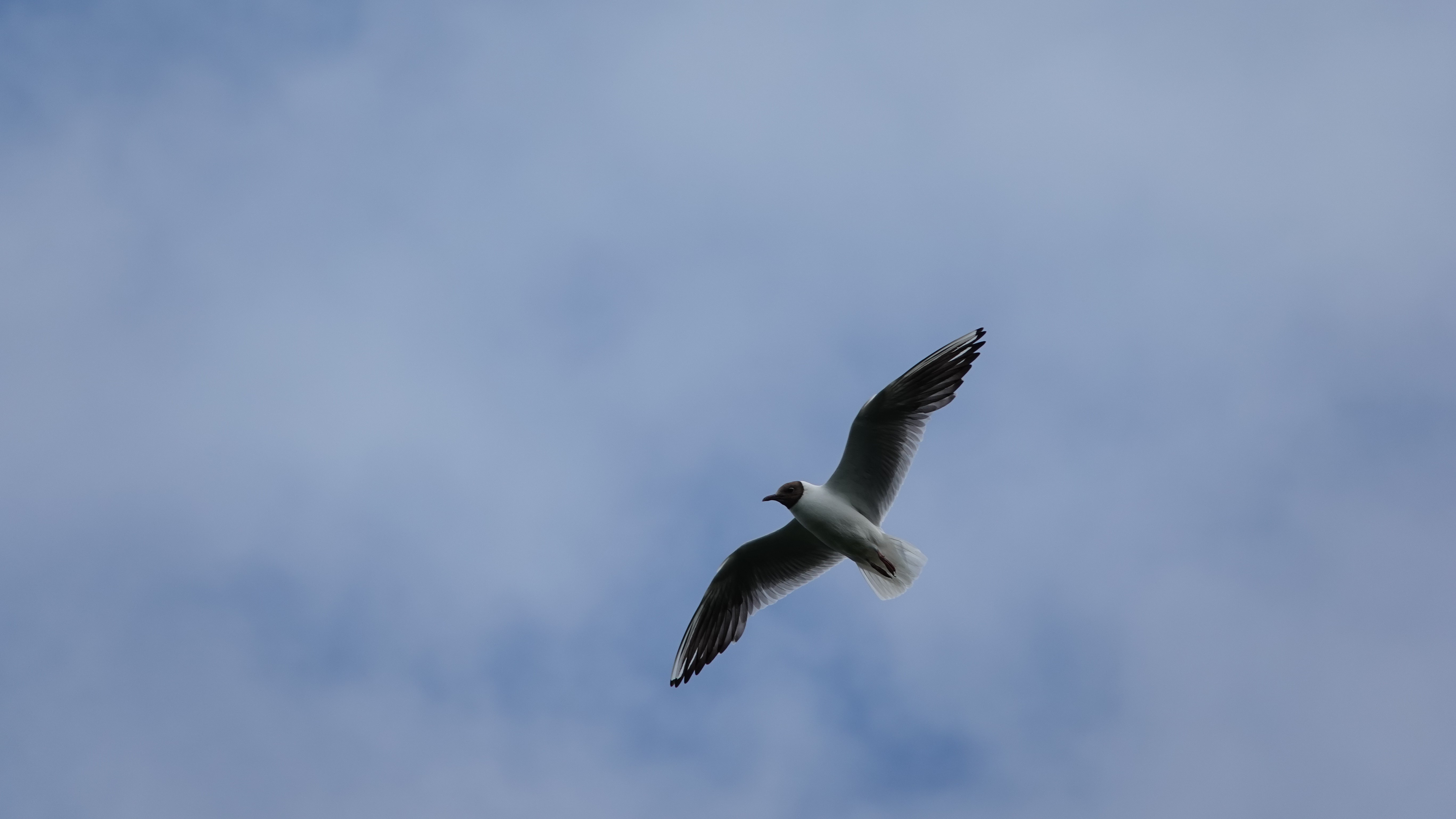Interested in weather, meteorology and photography. Aviation weather observer.
Other account: @[email protected]
- 15 Posts
- 22 Comments
Thanks! Yes, it is a photo. The moth was chilling on a window after sunset. The blue dots are out of focus apron lights.
Posio, southern Lapland, Finland
Posio, southern Lapland, Finland
Almost forgot to get back to you about that last part: Yes it did, but this wasn’t that.
Here’s a picture I took when the smoke was making a sunset unusually red:

This was a telephoto at the horizon at around midnight. The sun was only a bit above the horizon, so the lighting was similar to a sunset/sunrise.
Here’s another picture of that same midnight, looking towards the sun.
Nah winters are beautiful up north. Sometimes also in the south, but only rarely around the southern coast.
Thanks! That day was beautiful.

 2·1 year ago
2·1 year agoLooks like you indeed did! Nice catch!

 4·1 year ago
4·1 year agoI was thinking that this was exactly what happened.
Airbus A220-300, formerly known as the Bombardier CSeries, yes.
I took the picture from about 500 meters away. If you look closely, you can see that the windows at the front and back of the plane aren’t lined up perfectly because perspective is a thing.
I happen to know a spot that lines up pretty well with planes landing on that particular runway. Then it’s just a matter of spamming the shutter until one of the shots comes out like this.
Hey guys, Peter Griffin here to explain
the jokethe image.The image taken in Yunnan (China) 16 Aug 2022 by JiaQi Sun displays a Cumulonimbus calvus with the accessory cloud pileus on top. A pileus is formed when a rising cloud pushes the air above it higher which causes it to cool down adiabatically. When sufficient humidity is present in that higher layer of air, the humidity condenses into a pileus.
Here the pileus displays quite magnificent iridescence. The sun is behind the cloud. When sunlight passes through the very small and evenly sized cloud droplets of the pileus, diffraction takes place. Different wavelengths are diffracted in different angles and thus the white light of the sun is broken down into separate colours. While the cloud droplets are similar in size, there is still some variation there. The size of the droplets also affects the ammount of diffraction and thus the colours are somewhat disordered.
If you want to see cloud iridescence yourself, look for clouds passing in front of the sun that aren’t opaque enough to block it completely. Lenticular clouds, Cirrocumulus lenticularis in particluar are good candidates for iridescence as they are formed in a similar manner to the pileus here and have an even distribution in droplet size.
There have been a number of viral photoshops circulating the internet since the original pictures were taken where the cloud has been added to wide angle shots and made to appear like it takes up half the sky. These however are easily debunked with basic knowledge about clouds and the optical phenomena in question as the colours here are impossible at wider angles.
I was thinking about HDR photography where you take multiple pictures of the same scene with different expoures and combine the best parts of each for a picture with a high dynamic range. This evidently wasn’t the case here.
I see. Thanks for the explanation.
When shooting double exposure, one isn’t supposed to move the camera. The church tower should appear darker than the other buildings and definitely not translucent. My guess would be that this picture was taken through a window with the bright sunset behind the camera and reflected on the glass. Or then it really is just two completely different pictures stitched together. Wouldn’t call that a double exposure though…

 1·1 year ago
1·1 year agoI’d wager that yes. The problem is that natural UV light is available only during daytime when visible light outshines its effects.


Thanks! Time really is the most important ingredient. Look at enough sunsets and sunrises with an adequate camera on hand, and every now and then a great scene will come up. After that it’s just point and shoot.